Back from the Blink
In 1971, the Maasai Mara Game Reserve had approximately 120 black rhinos, but by 1984 this number plummeted to just 18 individuals due to poaching. When the Mara Conservancy started in 2001, there was only one known rhino left in the Mara Triangle: an aggressive female, very wary of people and vehicles, and very difficult to spot. However, after only a few months of Mara Conservancy's regular patrols and successful arrests of poachers, security in the area increased and in 2002, male rhino moved into the Triangle and mated with the female.
Three successful mating and the addition of other rhinos that migrated into the area has increased the Mara Triangle's resident population upwards of ten individuals. Unfortunately, this is not a reflection of the Maasai Mara population as a whole, which still hovers between 25 - 30 individuals. The Maasai Mara National Reserve is the only protected area in Kenya with an indigenous black rhino population, unaffected by translocations, and with the potential to support one of the largest black rhino populations in Africa, given the size of the Reserve
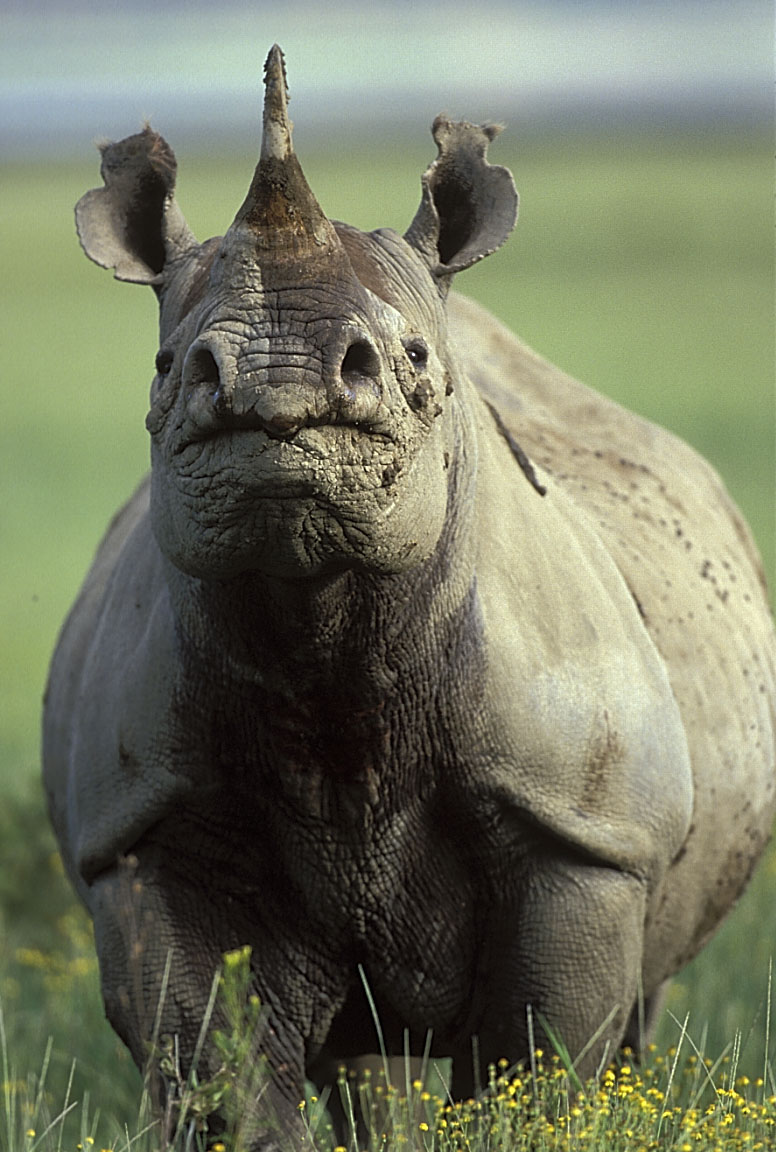
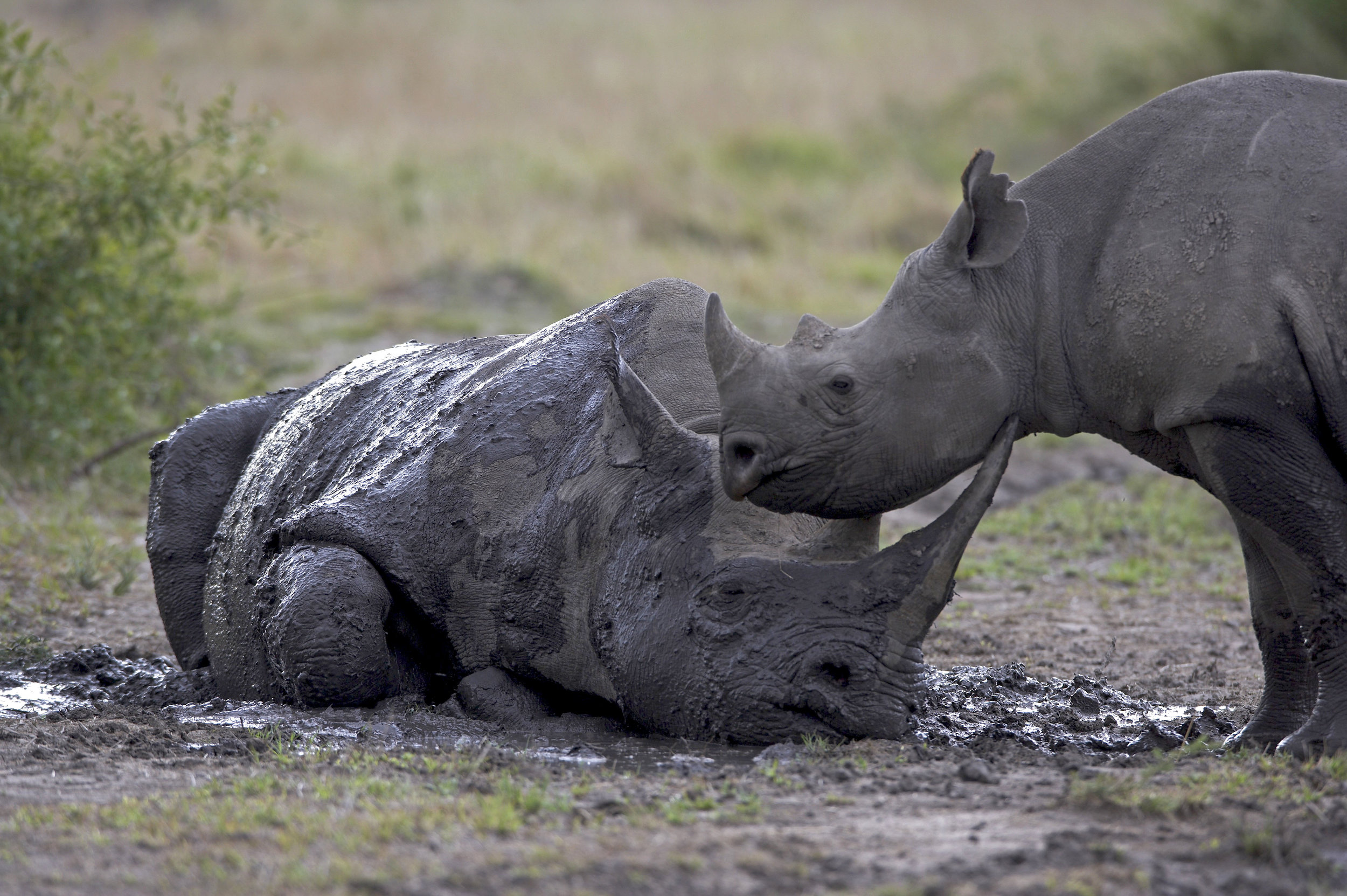
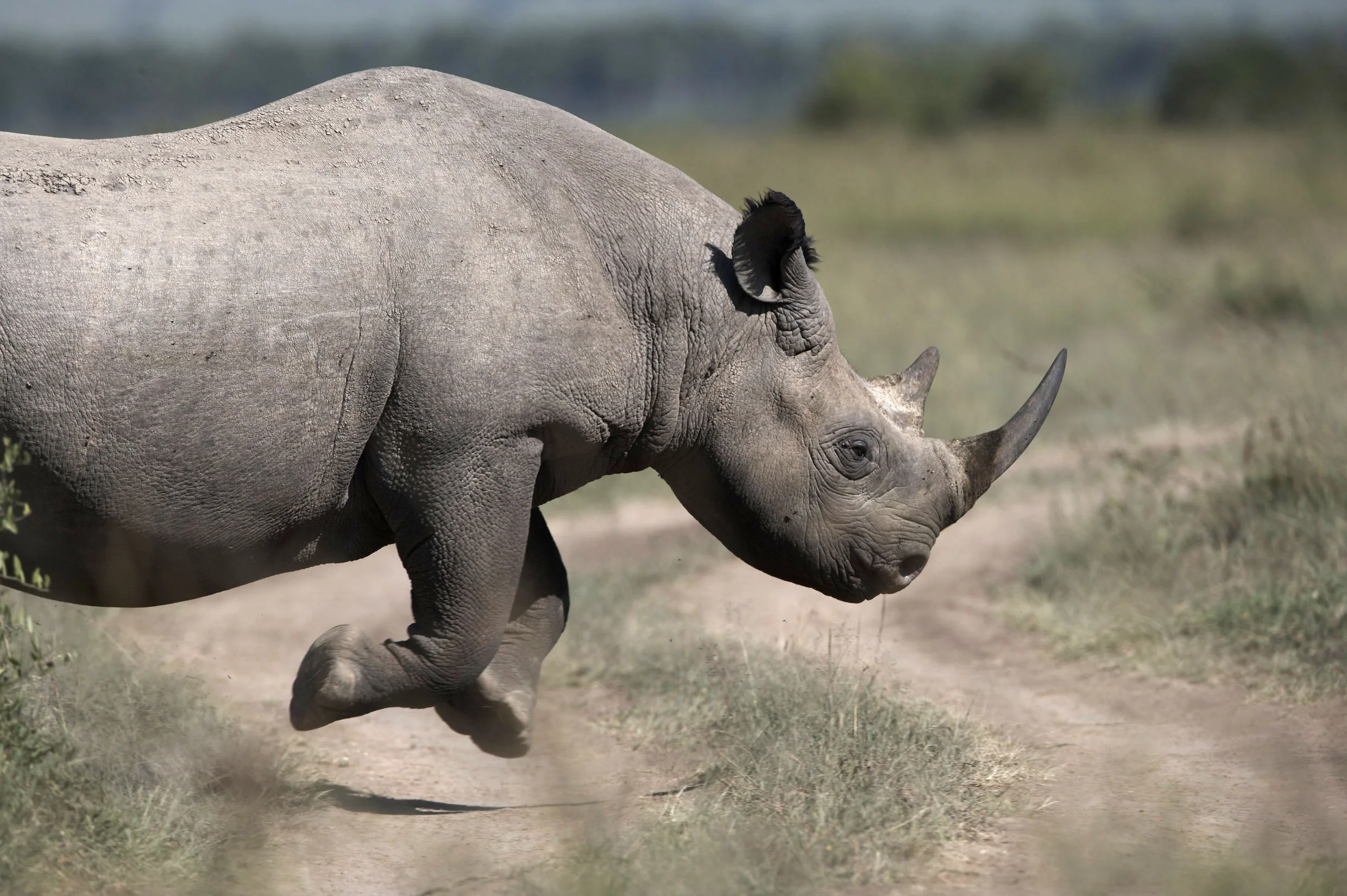

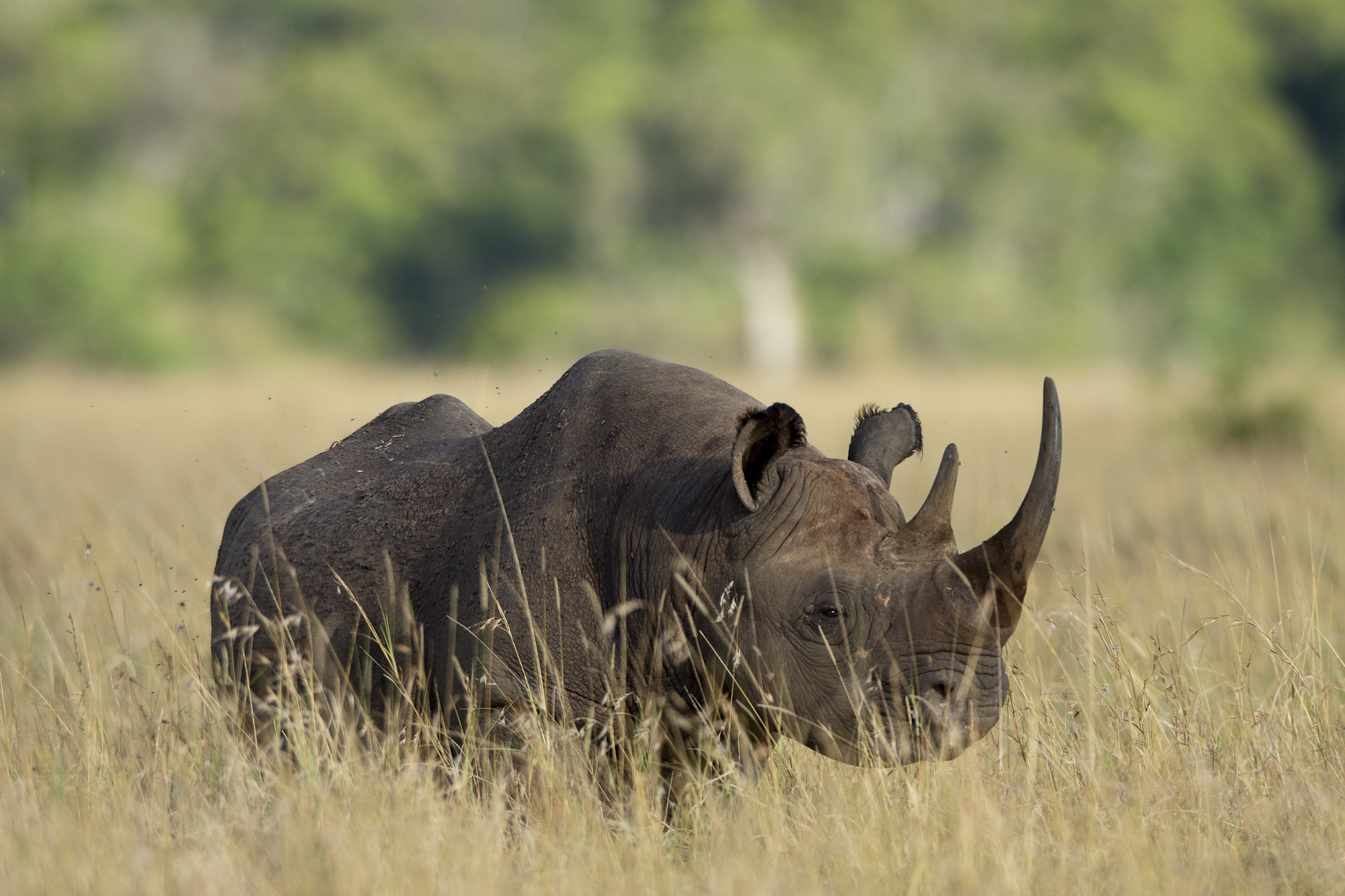
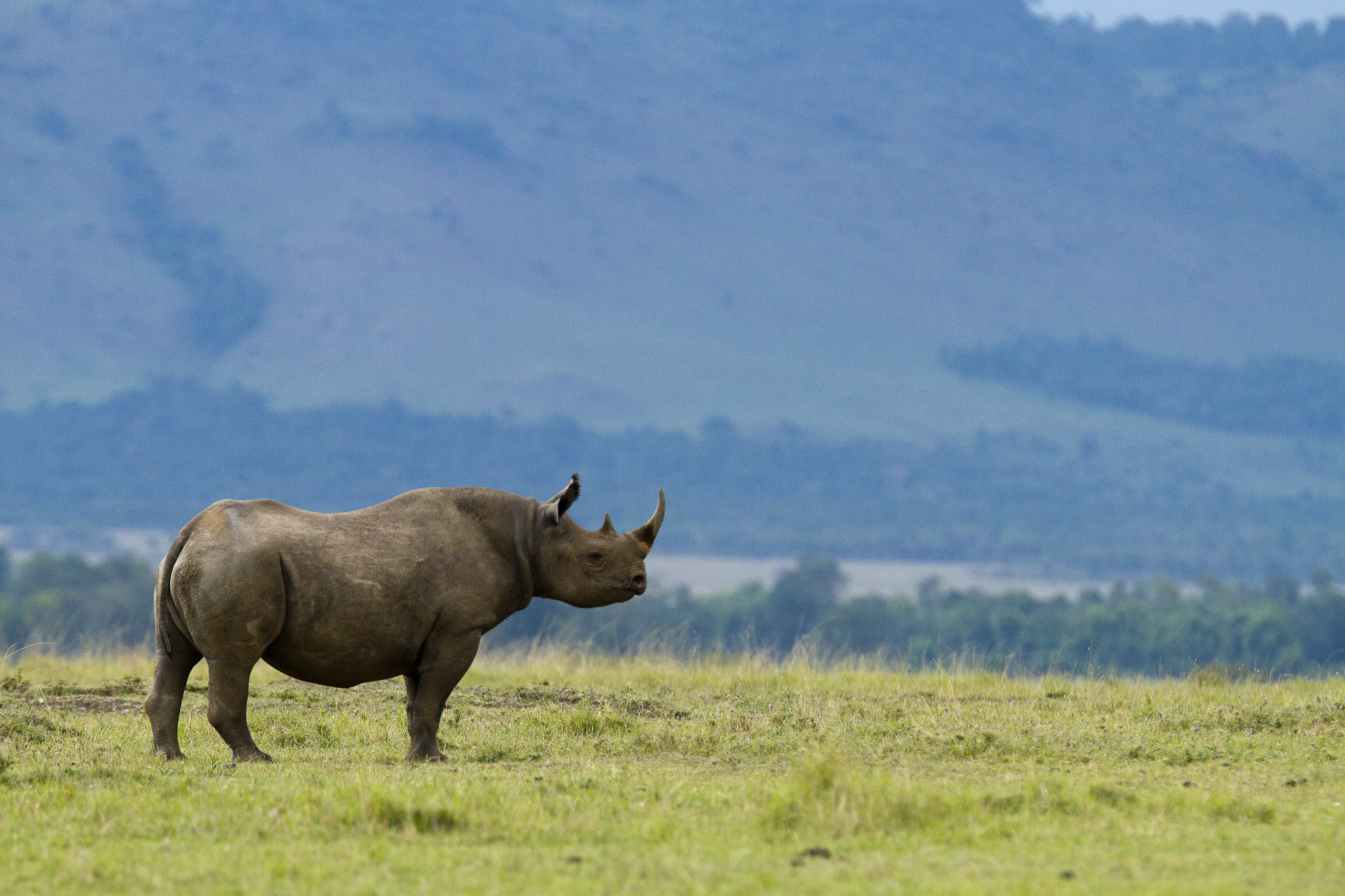
Eminent Threat to Rhinos
Mara Conservancy rhino surveillance unit was established to protect Mara rhinos from the threat of poaching. The unit does daily monitor of black rhino movements through daily terrestrial patrols and GPS telemetry tracking to ensure greater security of this critical population.
Please contribute and share this page with your friends and family. Even the smallest gift can make a huge difference.
Young black rhino poached for its horn in the Masai Mara, February 2016.



